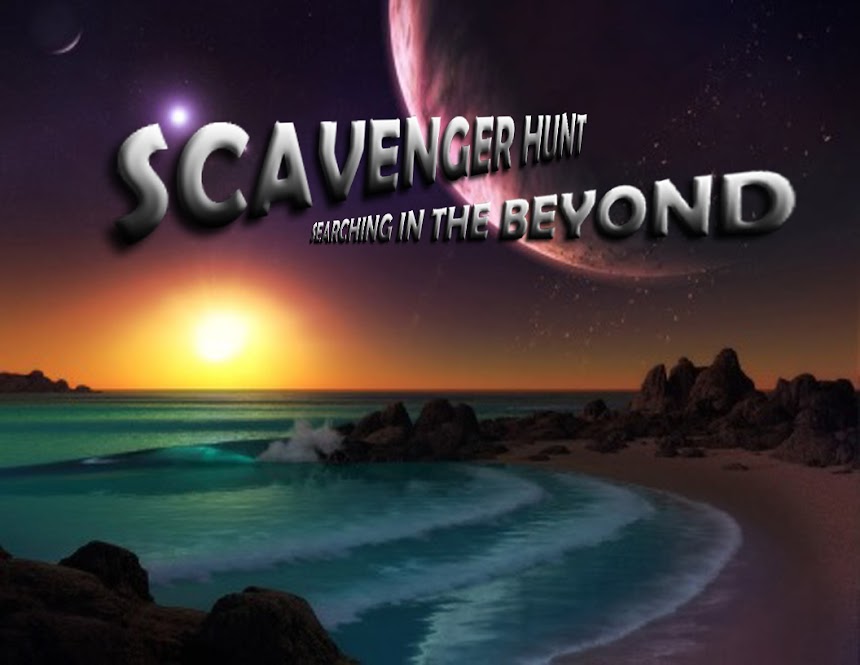Mercury is the innermost and smallest planet in the Solar System,[a] orbiting the Sun once every 87.969 Earth days. The orbit of Mercury has the highest eccentricity of all the Solar System planets, and it has the smallest axial tilt. It completes three rotations about its axis for every two orbits. The perihelion of Mercury's orbit precesses around the Sun at an excess of 43 arcseconds per century; a phenomenon that was explained in the 20th century by Albert Einstein's General Theory of Relativity. Mercury is bright when viewed from Earth, ranging from −2.3 to 5.7 in apparent magnitude, but is not easily seen as its greatest angular separation from the Sun is only 28.3°. Since Mercury is normally lost in the glare of the Sun, unless there is a solar eclipse it can be viewed only in morning or evening twilight.
Comparatively little is known about Mercury; ground-based telescopes reveal only an illuminated crescent with limited detail. The first of two spacecraft to visit the planet was Mariner 10, which mapped about 45% of the planet’s surface from 1974 to 1975. The second is the MESSENGER spacecraft, which mapped a further 30% during its flyby of January 14, 2008. MESSENGER's last flyby took place in September 2009 and it is scheduled to attain orbit around Mercury in 2011, where it will begin mapping the rest of the planet.
Mercury is similar in appearance to the Moon: it is heavily cratered with regions of smooth plains, has no natural satellites and no substantial atmosphere. However, unlike the Moon, it has a large iron core, which generates a magnetic field about 1% as strong as that of the Earth. It is an exceptionally dense planet due to the large relative size of its core. Surface temperatures range from about 90 to 700 K (−183 °C to 427 °C), with the subsolar point being the hottest and the bottoms of craters near the poles being the coldest.
Recorded observations of Mercury date back to at least the first millennium BC. Before the 4th century BC, Greek astronomers believed the planet to be two separate objects: one visible only at sunrise, which they called Apollo; the other visible only at sunset, which they called Hermes. The English name for the planet comes from the Romans, who named it after the Roman god Mercury, which they equated with the Greek Hermes (Ἑρμῆς). The astronomical symbol for Mercury is a stylized version of Hermes' caduceus.


No comments:
Post a Comment